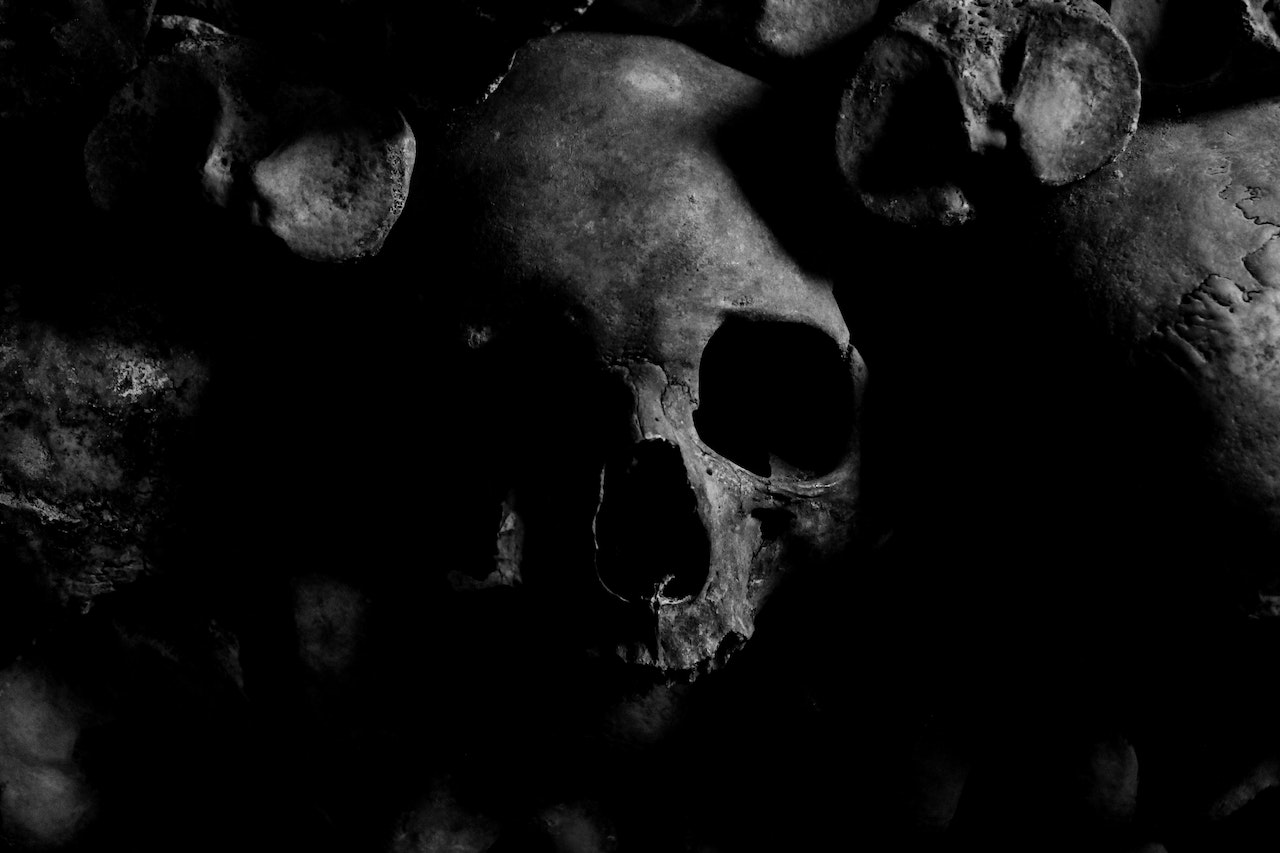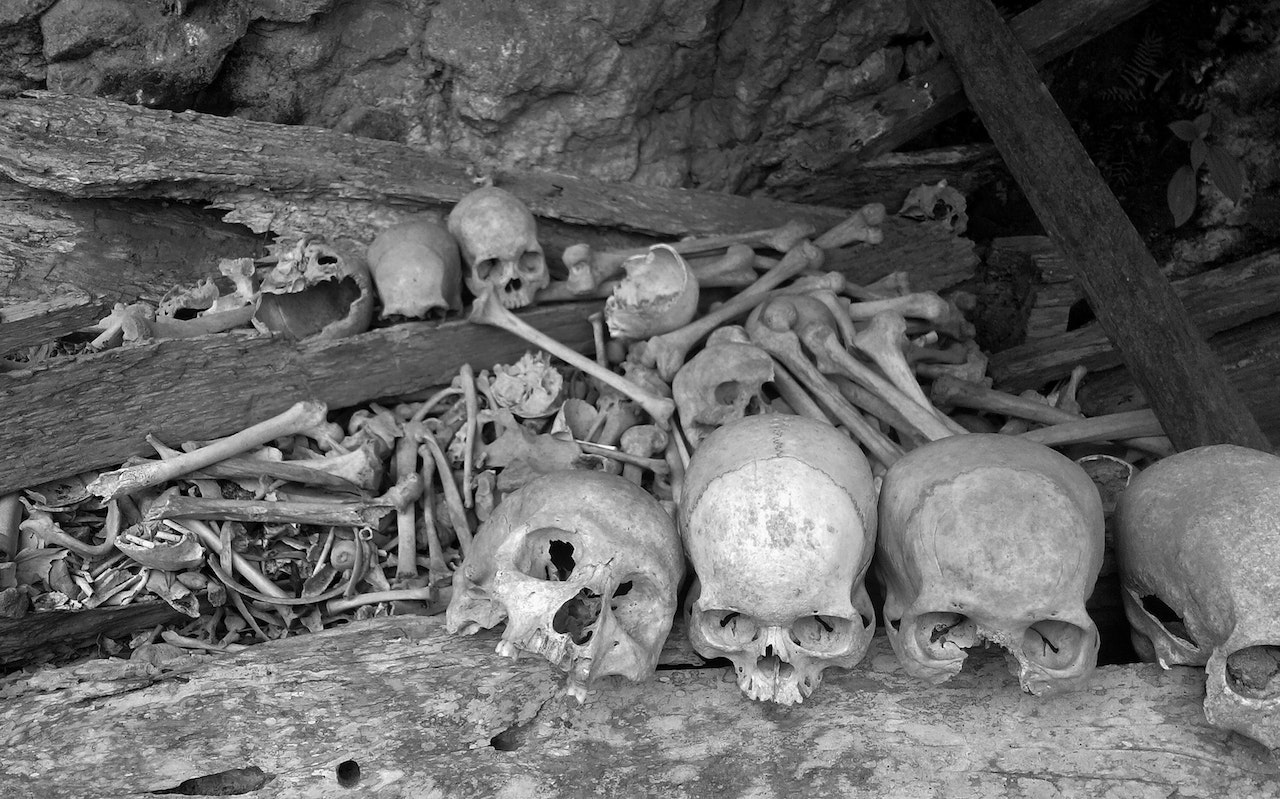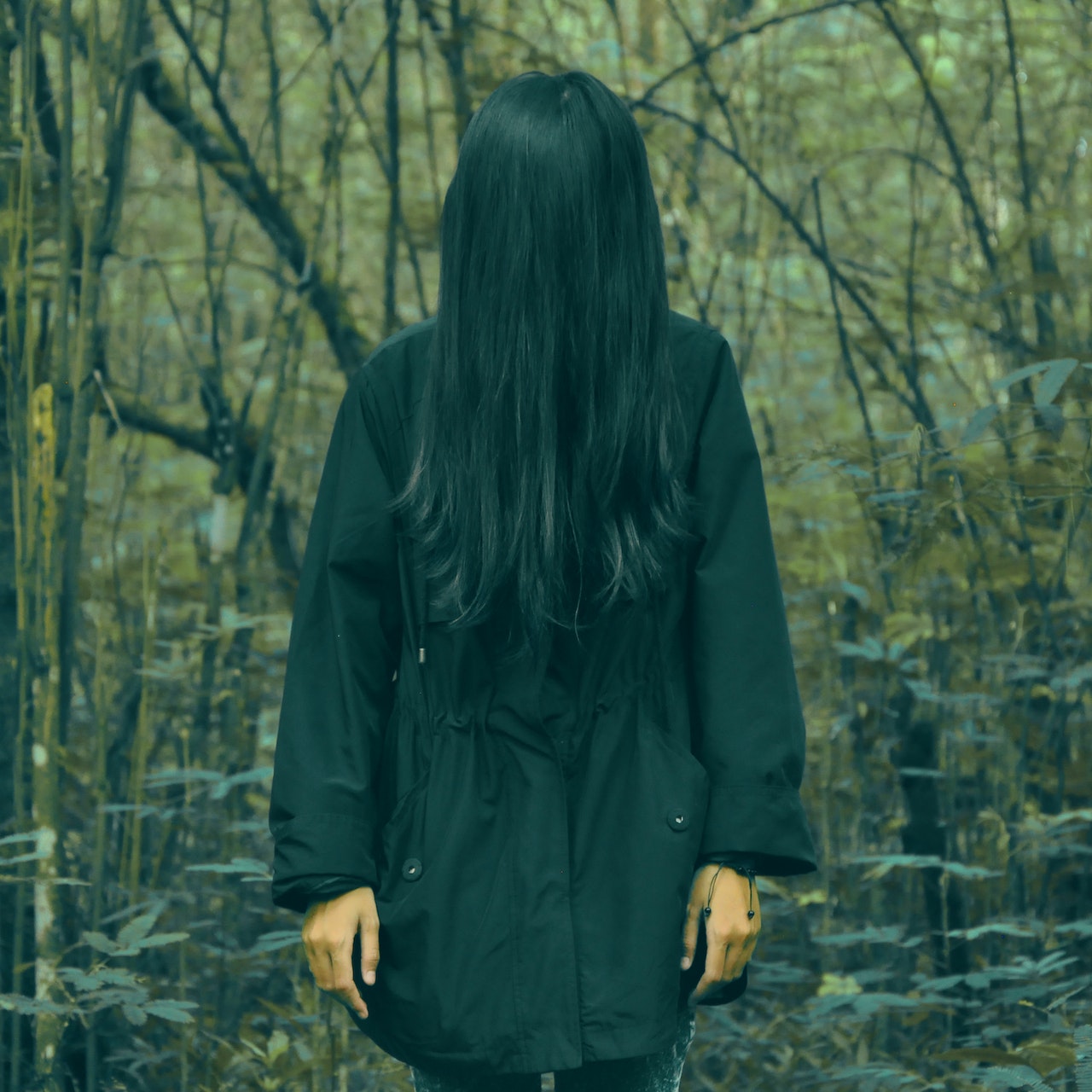
In the "Difference between horror and thriller," you delve into the fascinating world of storytelling and cinematic genres to discern the nuances that set these two popular genres apart. Horror and thrillers, while sharing elements of suspense and fear, offer distinct experiences to their audiences.
The primary goals of "horror" are to frighten and disgust the viewer. It made use of witchcraft, demonic forces, and other supernatural aspects. On the other hand, "Thriller" focuses more on the psychological effects that a film or television series might have on some viewers. In other words, it hopes to excite the audience.
Understanding the critical distinctions between them is crucial for both creators and consumers of these genres, as it can significantly impact the emotional and psychological impact of the narrative. So, let's embark on a journey to uncover the essential disparities that define the difference between horror and thriller.
The Anatomy Of Horror
Horror is a genre that goes beyond jump scares and supernatural elements. It has its unique anatomy, consisting of various components that work together to create spine-chilling experiences.
Setting The Stage - Atmosphere And Environment
A critical element in the anatomy of horror is the creation of a terrifying atmosphere. The setting and environment play a pivotal role in evoking fear. Whether it's a lonely, haunted mansion or a dark, foreboding forest, the environment in which the story unfolds sets the mood.
Creepy visuals, eerie soundscapes, and oppressive darkness all contribute to building an atmosphere that keeps the audience on edge.
Horror often capitalizes on your primal fears of the dark and the unknown. By manipulating the setting, creators can immerse viewers in a world where the rules of reality are bent, amplifying the fear factor.
Monsters And Menace - The Antagonists Of Horror
Horror wouldn't be complete without its iconic antagonists. These characters, whether supernatural entities or deranged individuals, are at the heart of the genre. From vampires and zombies to psychopaths and demons, the variety of antagonists in horror is staggering.
The anatomy of horror often relies on the creation of memorable, menacing figures. These characters strike fear into the hearts of the audience and leave a lasting impression. The design, backstory, and motives of these antagonists are carefully crafted to ensure maximum terror. They become symbols of fear, embodying the nightmares that haunt your deepest fears.
Sustaining Suspense - The Art Of Pacing And Timing
One of the most critical components of horror is the art of pacing and timing. The gradual buildup of suspense is what makes horror stories so compelling. Creators carefully orchestrate the flow of the narrative, allowing tension to mount slowly before delivering a terrifying climax.
Well-timed jump scares, shocking revelations, and moments of extreme dread are interspersed throughout the story to keep the audience engaged. The moments of relief between these intense sequences are equally important, as they allow viewers to catch their breath before plunging back into the darkness.
Psychological Torment - Fear Of The Mind
Beyond the physical scares and gruesome scenes, horror often delves into psychological torment. This aspect of the genre preys on the audience's fears, phobias, and anxieties. It explores themes like madness, paranoia, and the breakdown of reality.
The use of unreliable narrators, disturbing dreams, and mind-bending scenarios adds a layer of complexity to horror stories. It challenges the audience to question their perceptions and confront their deepest fears. This psychological torment can be more haunting than any jump scare, as it lingers in the mind long after the story ends.
The Thrilling World Of Thrillers
Thrillers are a genre renowned for keeping audiences on the edge of their seats, but the excitement and suspense in these stories go beyond surface-level thrills.
Layered Characters - The Complexity Of Protagonists And Antagonists
One of the defining features of the thriller genre is the depth and complexity of its characters. Protagonists are often thrust into high-stakes situations, and their development throughout the story is crucial. They face moral dilemmas, internal conflicts, and personal growth as they navigate treacherous terrain.
Antagonists in thrillers are equally multi-dimensional. They are not mere villains; they are often masterminds, strategists, or enigmatic figures with their motivations. The tension in thrillers is not only driven by external threats but also by the intricate interplay between the characters and their evolving relationships.
Intellectual Puzzles - Solving Mysteries And Uncovering Secrets
Unlike horror, where fear is visceral and immediate, thrillers captivate the audience with intellectual puzzles. Whether it's solving a murder, deciphering a cryptic message, or unveiling a conspiracy, the core of a thriller's appeal lies in engaging the viewer's intellect.
Thrillers challenge the audience to think critically, make connections, and anticipate plot twists. The satisfaction comes not from visceral reactions but from successfully unraveling the mystery and outsmarting the antagonist. It's a genre that feeds the mind, making it an enthralling experience for those who relish mental gymnastics.
Moral Ambiguity - Shades Of Gray In Thriller Narratives
Thriller narratives often explore moral ambiguity. The protagonists are frequently forced to make tough choices, and these choices are seldom clear-cut. This gray area of morality adds depth to the storytelling as characters grapple with their decisions and their consequences.
This moral ambiguity extends to the antagonists as well. Sometimes, thrillers present villains with understandable motivations, blurring the line between good and evil. It challenges the audience's moral compass, leaving them to ponder the ethical dilemmas posed by the narrative.
Real-World Terrors - Thrillers Rooted In Plausible Scenarios
While thrillers can be highly imaginative, they are often grounded in plausible scenarios. Whether it's a political conspiracy, a corporate cover-up, or a personal vendetta, the events in thrillers are rooted in reality. This grounding in real-world concerns adds an extra layer of tension, as viewers can relate to the potential risks and dangers portrayed in the story.
The thriller genre often thrives on exploring the darker side of society, examining issues such as corruption, espionage, or the abuse of power. It's this relatability that makes thrillers both thrilling and thought-provoking.
Blurred Lines And Hybrid Genres
Although many of the debates over the definitions of horror and thriller are still valid, some of the borders that were once clearly drawn need to be more explicit, especially in movies that combine elements of both genres. One of these claims is that while horror movies focus on the more physical components of dread, such as immediate death and grave danger, thrillers tend to deal with the psychological aspects of terror.
While psychological thrillers are a distinct genre, psychological horrors also focus on terror but are more concerned with the internalization of that fear. In contrast, a psychological thriller like The Shining builds toward Jack Torrence's eventual descent into madness rather than the terror he initially experienced.
A Spectrum Of Possibilities - The Birth Of Hybrid Genres
Hybrid genres are a testament to the boundless nature of storytelling. They emerge when elements from distinct genres are interwoven to create a narrative that defies categorization. Whether it's combining science fiction and romance, horror and comedy, or fantasy and historical fiction, the possibilities are virtually endless.
These hybrid genres open up new avenues for creativity, allowing authors and filmmakers to explore uncharted territories and offer fresh perspectives on familiar themes. The resulting narratives often challenge preconceptions, provoke thought, and generate excitement among audiences.
Transcending Traditional Labels - The Case Of Speculative Fiction
One of the most prominent examples of a hybrid genre is speculative fiction. This term encompasses a wide range of narratives that blur the lines between science fiction, fantasy, and, often, even horror. Speculative fiction introduces elements that challenge the laws of reality, making it difficult to classify into a single genre.
Authors like Philip K. Dick, known for works like "Do Androids Dream of Electric Sheep?" (which inspired the film "Blade Runner"), have pushed the boundaries of storytelling by blending science fiction with philosophical and existential themes. These narratives not only entertain but also encourage readers to contemplate the implications of technology, identity, and the human condition.
Mystery Meets The Supernatural - The Rise Of Paranormal Crime
The paranormalcrime genre is another compelling example of hybrid storytelling. This genre combines the intrigue and puzzle-solving of traditional mysteries with elements of the supernatural, often featuring detectives who investigate otherworldly phenomena. Authors like Charlaine Harris, with her "Sookie Stackhouse" series, have successfully merged the supernatural with the whodunit.
Paranormal crime narratives invite readers to engage both their logical reasoning and their suspension of disbelief. They blur the lines between the natural and the supernatural, offering a unique blend of entertainment and the uncanny.
Psychological Thriller Vs. Psychological Horror
Both psychological thrillers and psychological horror films examine the shadowy aspect of human nature. There are important distinctions between the two, though.
Psychological thrillers are frequently more intellectual, concentrating on the protagonists' mental and emotional states.
Psychological horror movies, in contrast, are more visceral, depending on tension, shock, and gore to evoke a sense of dread and terror. These movies frequently deal with themes of insanity, loneliness, and obsession, occasionally adding supernatural aspects to heighten the mood.
Both genres are pretty good at evoking a sense of dread and uneasiness, although psychological horror movies frequently employ more gruesome and overt imagery.
Audience Expectations - How Horror And Thriller Deliver On Promises
When it comes to the genres of horror and thriller, there exists a unique covenant between storytellers and their audiences. These genres make implicit promises to viewers, assuring them of a specific type of experience.
The Promise Of Fear In Horror
Horror films are a realm where the promise of fear takes center stage. When audiences step into a horror narrative, they anticipate being scared, unsettled, and experiencing a deep sense of dread. These expectations are woven into the very fabric of the genre.
Viewers expect to be confronted with the unknown, the supernatural, and the grotesque. The monsters, the ghosts, the jump scares—they all contribute to delivering on the promise of fear. This promise ensures that the audience will be taken on a rollercoaster ride of terror, a journey into the darkest corners of the human psyche.
The Anticipation Of Suspense In Thriller
Thriller genres, on the other hand, promise the anticipation of suspense. From the moment a thriller begins, audiences are prepared to be captivated, thrilled, and kept on the edge of their seats. The promise of suspense is a fundamental element that drives the narrative forward.
Viewers expect to be presented with complex puzzles, high-stakes scenarios, and a relentless sense of tension. Whether it's a political conspiracy, a psychological cat-and-mouse game, or a race against time, the promise of suspense ensures that the audience will remain engaged in a story that challenges them to think and anticipate the next twist.
Maintaining The Covenant - The Art Of Execution
The real magic in horror and thriller genres lies in the execution of these promises. More is needed for a story to claim to be a horror or thriller; it must deliver on these expectations effectively. This means that creators must use a range of techniques and strategies to immerse the audience in the intended experience.
In horror, this might involve the use of eerie lighting, grotesque makeup and effects, and unsettling soundscapes to create fear. Jump scares, psychological torment, and shocking revelations are vital tools that horror storytellers use to fulfill the promise of fear.
In thrillers, maintaining the covenant of suspense is achieved through clever pacing, plot intricacies, and well-executed character development. The promise of uncertainty is kept by delivering on the audience's desire to solve puzzles, decode hidden agendas, and anticipate plot twists.
Difference Between Horror And Thriller - FAQs
What Is The Essential Emotional Response That Horror Aims To Evoke In Its Audience?
Horror aims to evoke a visceral, fear-driven response in its audience.
How Does The Psychological Aspect Differ Between Horror And Thriller Genres?
Horror delves into the unknown and the supernatural, while thrillers challenge the audience's intellect and anticipation.
What Role Does Atmosphere Play In Differentiating Horror And Thriller Narratives?
Horror relies on eerie atmospheres to create a sense of terror, while thrillers use atmosphere to maintain tension and anticipation.
What Distinguishes The Pacing And Timing In Horror Stories From Those In Thriller Narratives?
Horror often uses suspense, jump scares, and delayed reveals, while thrillers employ quick editing and plot twists to maintain a brisk pace.
How Do Hybrid Genres Blur The Lines Between Horror And Thriller Storytelling?
Hybrid genres combine elements of horror and thriller, creating narratives that challenge genre classifications and audience expectations.
Conclusion
The distinct characteristics that set horror and thriller genres apart. Horror is rooted in evoking visceral fear, often through supernatural elements and psychological torment, while thrillers captivate with suspense, tension, and intellectual engagement in real-world scenarios.
These differences in emotional responses, pacing, and narrative intent define the "Difference between horror and thriller." Understanding this distinction is crucial for both creators and audiences, ensuring that the experiences they seek are delivered as promised, whether it's the chilling embrace of horror or the heart-pounding thrill of a suspenseful thriller.


